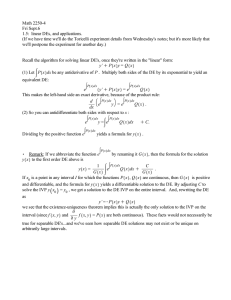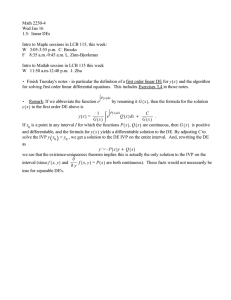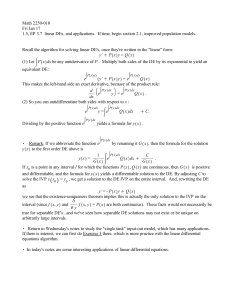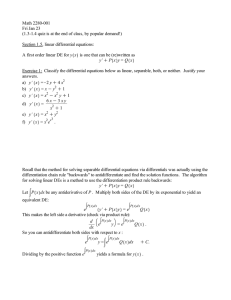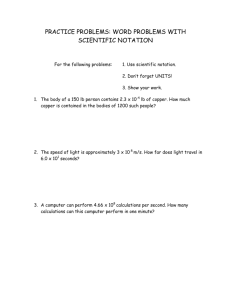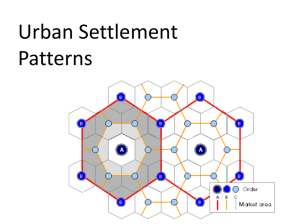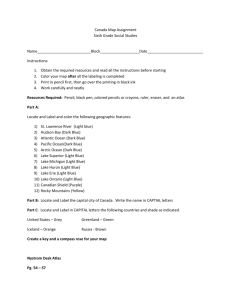Math 2250-4 Fri Jan 20 1.5: linear DEs
advertisement
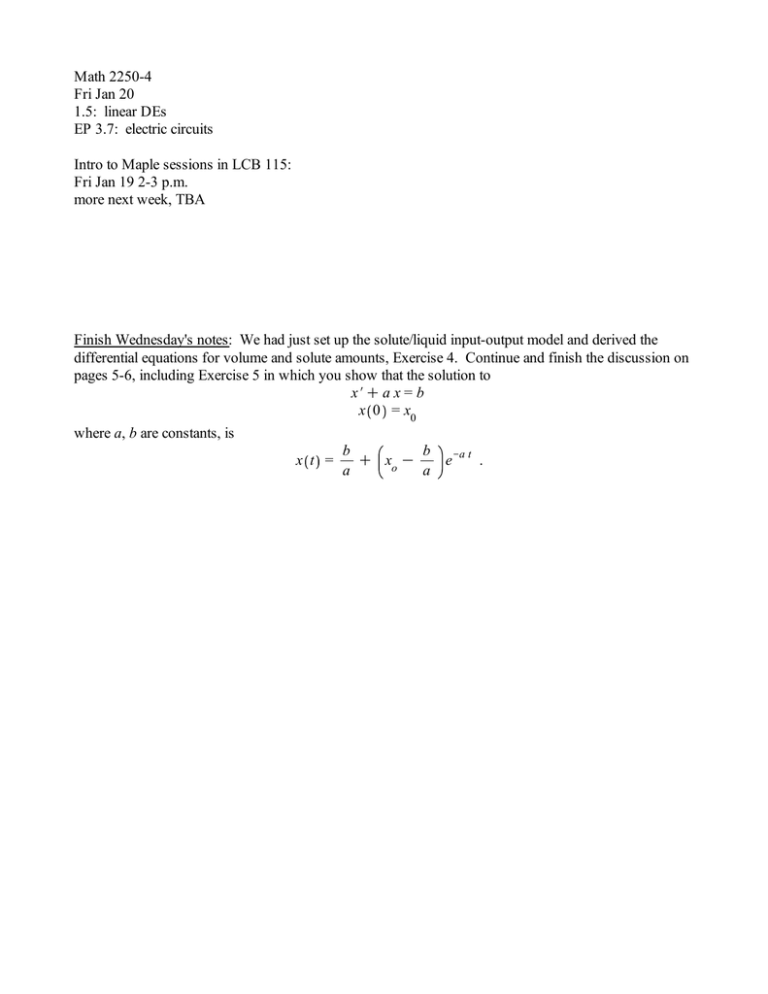
Math 2250-4 Fri Jan 20 1.5: linear DEs EP 3.7: electric circuits Intro to Maple sessions in LCB 115: Fri Jan 19 2-3 p.m. more next week, TBA Finish Wednesday's notes: We had just set up the solute/liquid input-output model and derived the differential equations for volume and solute amounts, Exercise 4. Continue and finish the discussion on pages 5-6, including Exercise 5 in which you show that the solution to x#C a x = b x 0 = x0 where a, b are constants, is b b Ka t x t = C xo K e . a a Exercise 1: Use the result above to solve a pollution problem IVP and answer the following question (p. 55-56 text): Lake Huron has a pretty constant concentration for a certain pollutant. Due to an industrial accident, Lake Erie has suddenly obtained a concentration five times as large. Lake Erie has a volume of 480 km3 , and water flows into and out of Lake Erie at a rate of 350 km3 per year. Essentially all of the inflow is from Lake Huron (see below). We expect that as time goes by, the water from Lake Huron will flush out Lake Erie. Assuming that the pollutant concentration is roughly the same everywhere in Lake Erie, about how long will it be until this concentration is only twice the background concentration from Lake Huron? http://www.enchantedlearning.com/usa/statesbw/greatlakesbw.GIF a) Set up the initial value problem. Maybe use symbols c for the background concentration (in Huron), V = 480 km3 km3 r = 350 y b) Solve the IVP, and then answer the question. Often the same DE can arise in completely different-looking situations, e.g. consider electric circuits (EP 3.7) For example, first order linear DE's also arise (as special cases of second order linear DE's) in simple RLC circuit modeling. http://cnx.org/content/m21475/latest/pic012.png Charge Q t coulombs accumulates on the capacitor, at a rate I t i t in the diagram above) amperes (coulombs/sec), i.e Q # t = I t . Kirchoff's Law: The sum of the voltage drops around any closed circuit loop equals the applied voltage V t (volts). (The units of voltage are energy - Kirchoff's Law says that a test particle traversing any closed loop returns with the same potential energy level it started with: 1 For Q t : L Q ## t C R Q # t C Q t =V t C 1 For I t : L I## t C R I# t C I t = V# t C if no inductor, or if no capacitor, then Kirchoff's Law yields 1st order linear DE's, as below: Exercise 2: Consider the R K L circuit below, in which a switch is thrown at time t = 0. Assume the voltage V is constant, and I 0 = 0 . Find I t . Interpret your results. http://www.intmath.com/differential-equations/5-rl-circuits.php
